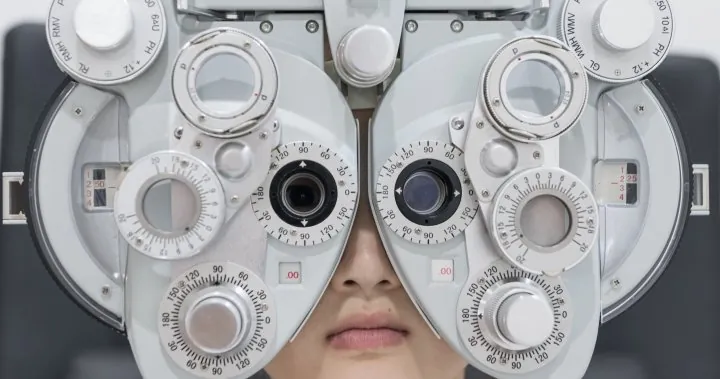
Alarming Study Reveals 1 in 3 Children Globally Are Nearsighted: What’s Driving This Eye Health Crisis?
2024-09-26
Introduction
A new alarming study has found that children's eye health around the world is deteriorating, with nearly one in three children affected by nearsightedness (myopia) in 2023—a statistic predicted to skyrocket over the next two decades.
Study Findings
This insightful research, published in the British Journal of Ophthalmology, synthesized data from 276 studies, encompassing over 5.4 million children across 50 countries on six continents. The findings reveal a concerning trend: the prevalence of nearsightedness has surged from 24% in 1990 to nearly 36% in 2022, with projections suggesting that nearly 40% of children could be nearsighted by 2050.
Impact of COVID-19
While researchers indicate that the rise in myopia has been gradual, it notably accelerated following the COVID-19 pandemic. Lockdowns and restrictions drove children indoors for extended periods, leading to increased screen time and diminished outdoor activity—both critical factors linked to declining eye health.
Understanding Myopia
Nearsightedness occurs when near objects are seen distinctly, while distant objects appear blurred. According to the Canadian Association of Optometrists, this condition typically emerges in early childhood and tends to worsen as children grow. Environmental influences make younger children particularly vulnerable, with urban dwellers at heightened risk. Statistics show that girls are more likely than boys to develop myopia.
Geographical Variances
Geographical variances are significant, with the prevalence of nearsightedness highest in Asia at approximately 35%, while Latin America and the Caribbean report much lower rates at around 4%. Within specific nations, Japan ranks alarmingly high with 86% of children affected, followed by South Korea at 74% and Russia at 46%, whereas Paraguay has the lowest documented rate.
Recommendations for Prevention
Fortunately, this study also presents a path forward. Experts emphasize the importance of instilling eye-protective habits in the youth. Recommendations include encouraging regular physical activities, limiting screen time, and promoting outdoor play. Also critical is the role of governmental policies; experts urge health administrations to act against excessive homework and off-campus tutoring, which can contribute to children spending more time indoors. Regular eye exams and early detection should become standard protocols to combat this rising trend.
Solutions for Families
For families dealing with myopia, common solutions include glasses or contact lenses. As children grow, prescriptions may change, and in some cases, corrective surgery options like LASIK or lens implants can be explored, though typically only for those over 18.
Conclusion
Ultimately, the key message emerges: while nearsightedness isn’t classified as a disease and the affected eyes remain otherwise healthy, vigilance, preventive measures, and timely treatment are essential in safeguarding children's eye health. As parents and policymakers, we must join forces to reverse this worrying trend before it becomes an irreversible epidemic.
Call to Action
Don't Let Your Child Become Just Another Statistic—Act Now to Protect Their Vision!









 Brasil (PT)
Brasil (PT)
 Canada (EN)
Canada (EN)
 Chile (ES)
Chile (ES)
 España (ES)
España (ES)
 France (FR)
France (FR)
 Hong Kong (EN)
Hong Kong (EN)
 Italia (IT)
Italia (IT)
 日本 (JA)
日本 (JA)
 Magyarország (HU)
Magyarország (HU)
 Norge (NO)
Norge (NO)
 Polska (PL)
Polska (PL)
 Schweiz (DE)
Schweiz (DE)
 Singapore (EN)
Singapore (EN)
 Sverige (SV)
Sverige (SV)
 Suomi (FI)
Suomi (FI)
 Türkiye (TR)
Türkiye (TR)